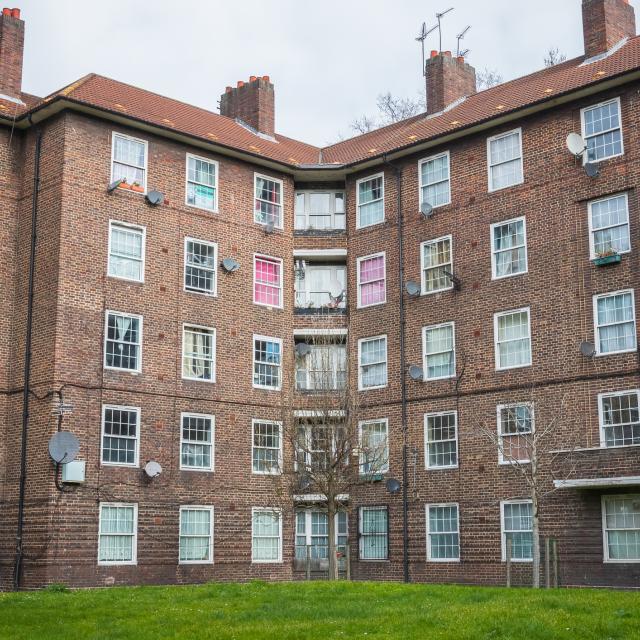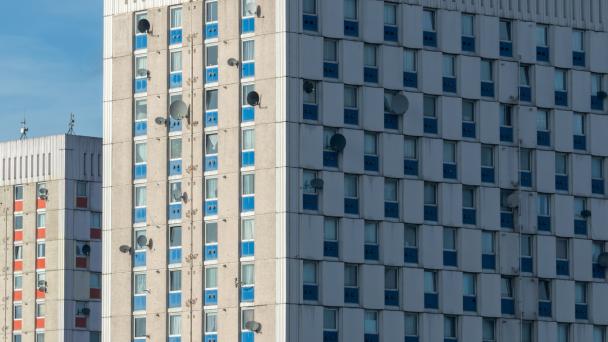English Housing Survey


This study was commissioned by the Department for Levelling Up, Housing and Communities (DLUHC) to explore overcrowding in South Asian households. The overall objective of the research was to provide a strong evidence base to allow DLUHC to build a more nuanced picture of overcrowding among those from South Asian backgrounds.
The research design involved three key phases:
• Phase 1: Project scoping and set-up (including 12 stakeholder interviews)
• Phase 2: 50 depth interviews with members of the South Asian community
• Phase 3: Six solutions-focused group discussions
Participants’ solutions in relation to the affordability of housing focused on the following changes:
Phase 1: Scoping
Phase 2: Depth interviews
Phase 3: Solutions-focused group discussions


 Press release
Press release

Receive a regular update, sent directly to your inbox, with a summary of our current events, research, blogs and comment.
Subscribe